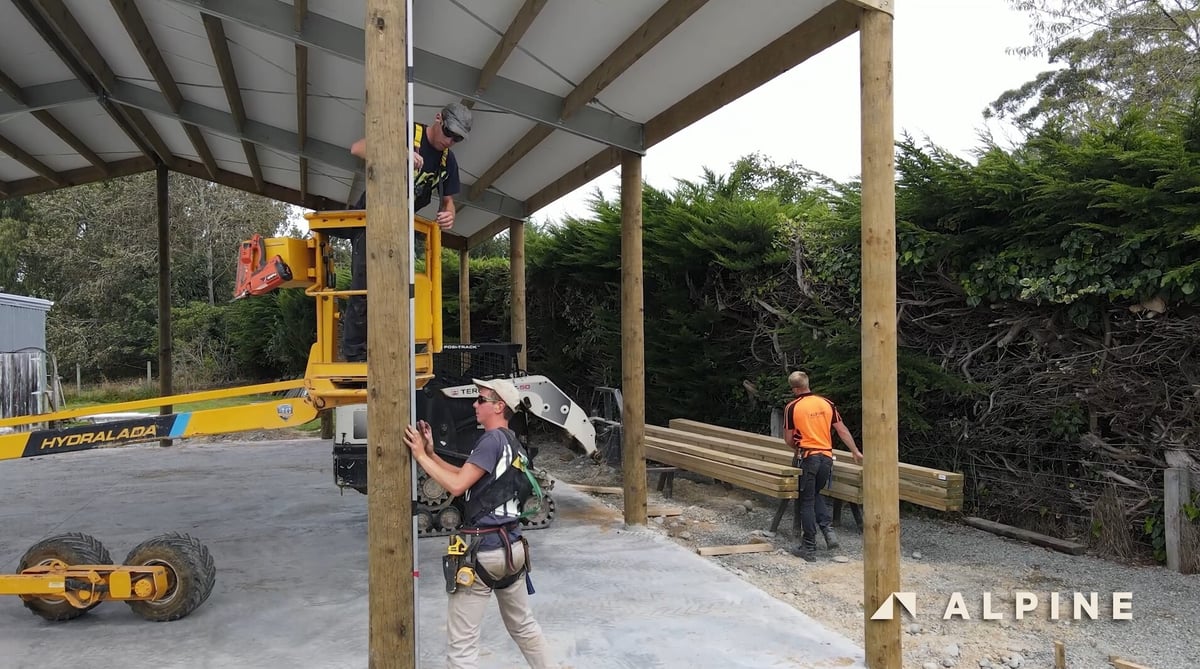Often as we go through life there are things we wish we had foreseen or moments when we've thought "If only I had known about that before I started this project".
August 29th, 2024
4 min read

 Often as we go through life there are things we wish we had foreseen or moments when we've thought "If only I had known about that before I started this project".
Often as we go through life there are things we wish we had foreseen or moments when we've thought "If only I had known about that before I started this project".
